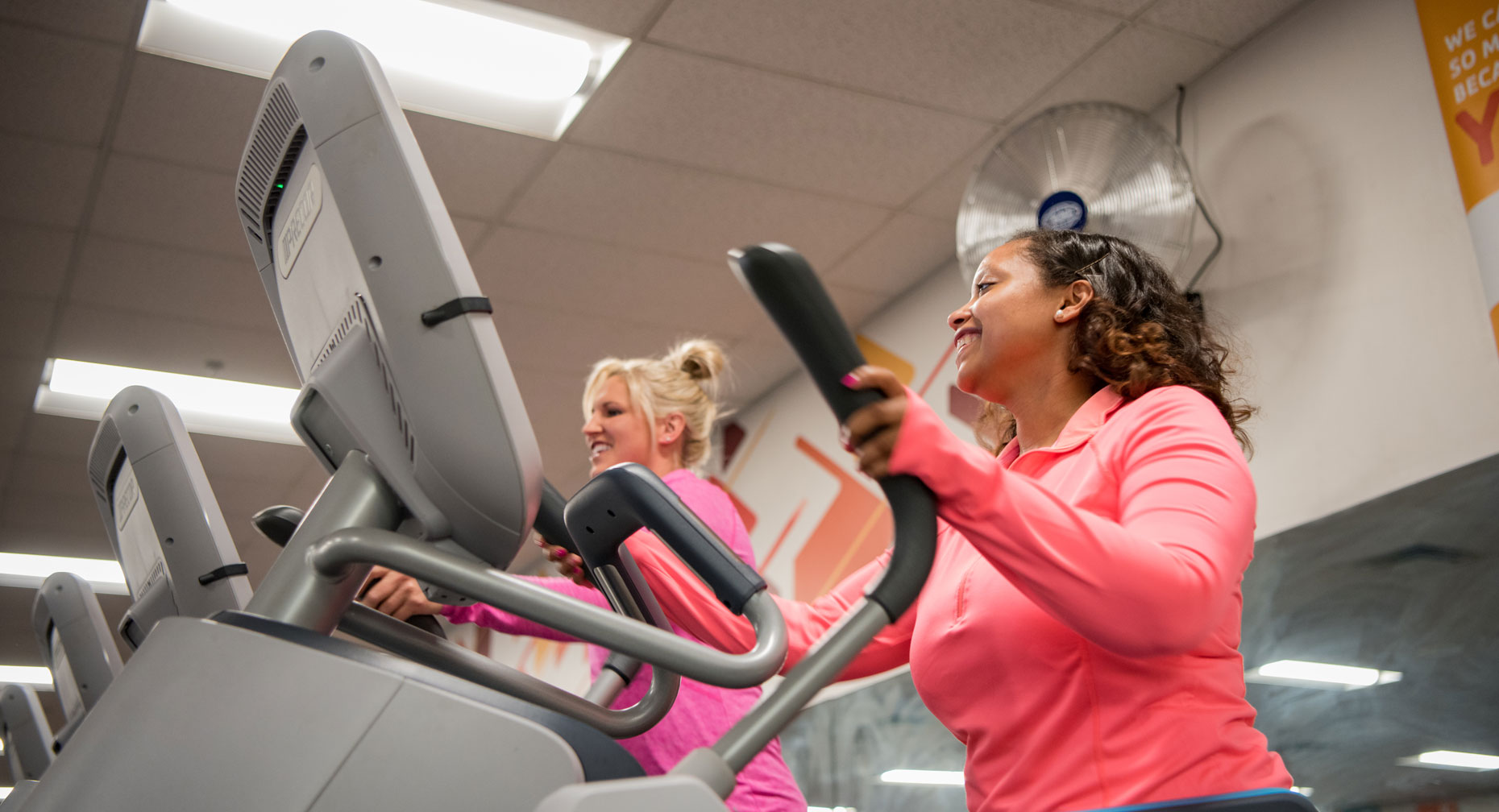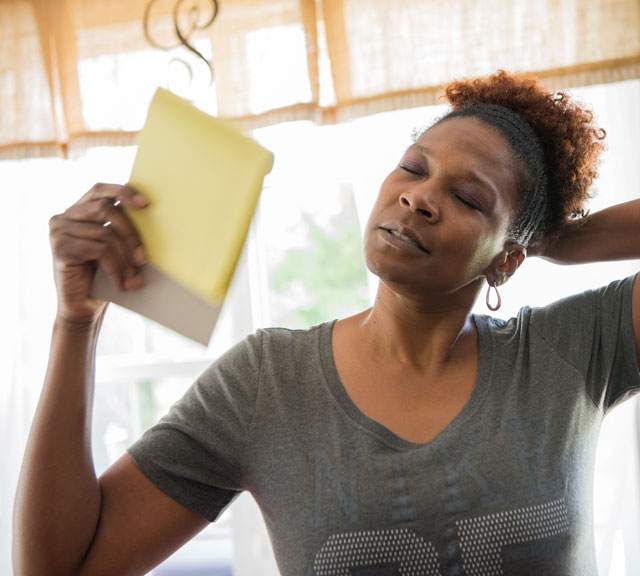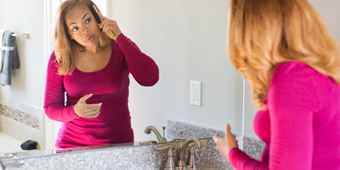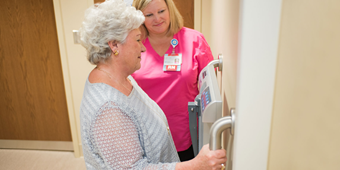Hot Flashes? Chill Out with a Workout

Answer a few questions and we'll provide you with a list of primary care providers that best fit your needs.
The last thing you probably want to think about when you’re having hot flashes is making yourself even hotter by working out (or by any other means, for that matter). Why not throw in a wool turtleneck and a broken air conditioner while you’re at it, right?
But recent research indicates that a regular, moderately intensive workout (and yes, that means getting a bit hot and sweaty) may help reduce hot flashes, as well as provide a host of other benefits.
In addition to possibly reducing hot flashes, exercise helps you lose weight, reduce your risk of heart disease, battle diabetes and strengthen bones.
Research: Vigorous Activity Helps
A 2012 study in the medical journal Menopause, published by the North American Menopause Society (NAMS), found that, on average, the women being studied had fewer hot flash symptoms in the 24 hours after a moderate-intensity, 30-minute exercise session. But what about women with leisurely workouts? Not so much.
Three more recent studies (published in Menopause and the Journal of Physiology in 2016) seem to offer similar findings. One found that sedentary women (women who exercised less than three times a week) were 28 percent more likely to experience menopause symptoms than active women, and 21 percent more likely to experience hot flashes. In another, the women who exercised more frequently and intensely reported that the average frequency of their hot flashes dropped by more than 60 percent.
How Does Exercise Help?

What is it about exercise that causes the drop in hot flashes? One of these studies suggests that physical activity causes the brain to produce neurotransmitters like serotonin and dopamine (which also affect things like mood and mental sharpness). Your body may be lacking in these chemicals before and during menopause, when the hormone estrogen also causes hot flashes.
Other researchers theorize that since more intense exercise changes the blood flow to the skin and brain, it could influence how the brain regulates body temperature.
Keep in mind that more research needs to be done before results are conclusive. Some physicians caution that there are other lifestyle factors that could also affect menopause symptoms that weren’t considered in some of these studies.
Exercise: Always a Good Thing
Regardless, you can never go wrong with exercise. In addition to possibly reducing hot flashes, exercise helps you lose weight, reduce your risk of heart disease, battle diabetes and strengthen bones.
And in this case, we’re talking about exercising at least three times a week for 30 minutes at a time. You need to do something that gets your heart rate up and your lungs pumping, so a relaxing stroll doesn’t count.
If you have any questions, or you’re wondering if you are ready to step up your workout routine, talk to your doctor. Beyond exercise, explore other ways to reduce hot flash symptoms.
Answer a few questions and we'll provide you with a list of primary care providers that best fit your needs.
Source: North American Menopause Society; Exercise May Ease Hot Flashes Provided It’s Vigorous, New York Times, 8/3/16; Exercise During Menopause Could Reduce Hot Flashes Study Says, CNN, 3/27/16




